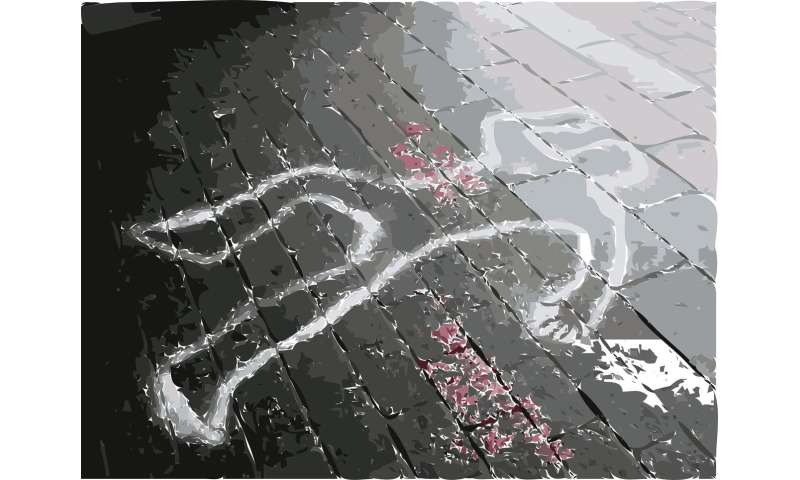#Bringing burnt bones back to life using 3-D technology
“#Bringing burnt bones back to life using 3-D technology”

Forensic scientists at the University of Portsmouth have discovered a new way of presenting fragile evidence, by reconstructing a ‘jigsaw’ of human bone fragments using 3-D printing.
In the first known study of its kind, researchers took fragmented burnt human bones and tested the ability to make 3-D models suitable to be shown to a jury in court.
Forensic investigation of crime scenes and other incidents requires the analysis of many different items as evidence, including human remains, some of which may be damaged or fragmented. To determine whether these pieces of evidence were originally one whole, they have to undergo a process called ‘physical fit analysis’.
One of the scientists involved in the research, Dr. Katherine Brown, Senior Lecturer, Institute of Criminal Justice Studies, University of Portsmouth, says: “A positive physical fit indicates that two or more fragments having originated from the same object. Confirming physical fit at a crime scene is essential to draw links between locations, place suspects at the scene, and allow for object reconstruction.”
However, physical fit analysis relies on the manual handling and then placing back together of the human remains and is often challenging to conduct with bone fragments particularly when fragile, sharp, or embedded in other materials.
Dr. Brown says: “We wanted to find a way to circumvent the need to manually handle the delicate bones, so we looked to 3-D technology. Whilst the use of 3-D technology has become increasingly widespread within the field of forensics to our knowledge, this approach has not yet been applied explicitly to physical fit analysis.”
The scientists compared two different 3-D imaging techniques, micro computed tomography and structured light scanning. By generating virtual 3-D models and prints of burned human bone fragments, they tested the suitability of these imaging techniques and subsequent 3-D printing for physical fit analysis. The researchers ultimately found that 3-D imaging and printing allowed for effective physical fit analysis without excessively handling the original fragments.
Limiting the handling of fragile forensic evidence minimizes damage and contamination. Additionally, the use of 3-D prints opens up the possibility for physical fit demonstration, and the opportunity for a jury to explore the evidence replicas. Interaction with 3-D virtual models and animations also provides 360 degree visualization in an engaging, understandable and potentially impactful way, improving a jury’s understanding.
Dr. Brown says: “The application of 3-D imaging and printing for physical fit analysis has many advantages compared with traditional methods. Overall, the techniques demonstrated by the study add value in forensic investigation and evidence presentation within the courtroom.”
More information:
Amber J. Collings et al, Reconstruction and physical fit analysis of fragmented skeletal remains using 3D imaging and printing, Forensic Science International: Reports (2020). DOI: 10.1016/j.fsir.2020.100114
Bringing burnt bones back to life using 3-D technology (2020, June 24)
retrieved 24 June 2020
from https://phys.org/news/2020-06-burnt-bones-life-d-technology.html
This document is subject to copyright. Apart from any fair dealing for the purpose of private study or research, no
part may be reproduced without the written permission. The content is provided for information purposes only.
If you want to read more Like this articles, you can visit our Science category.
if you want to watch Movies or Tv Shows go to Dizi.BuradaBiliyorum.Com for forums sites go to Forum.BuradaBiliyorum.Com



